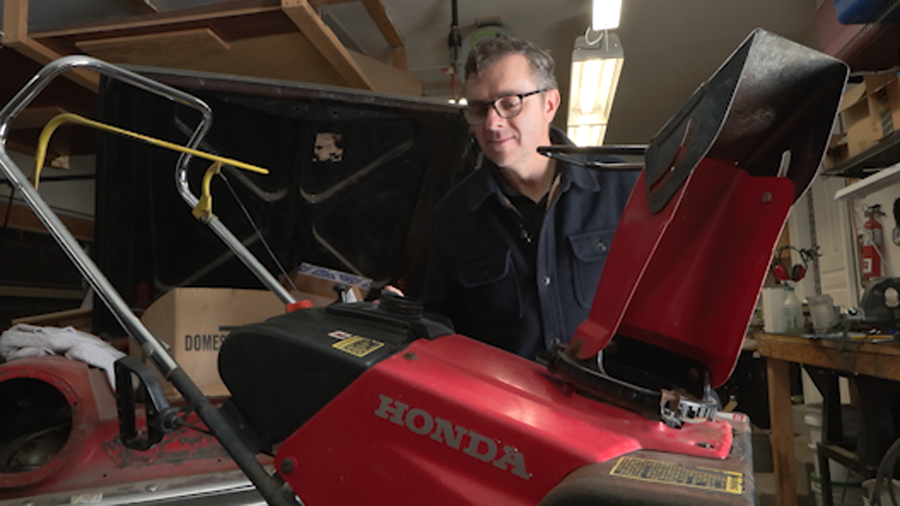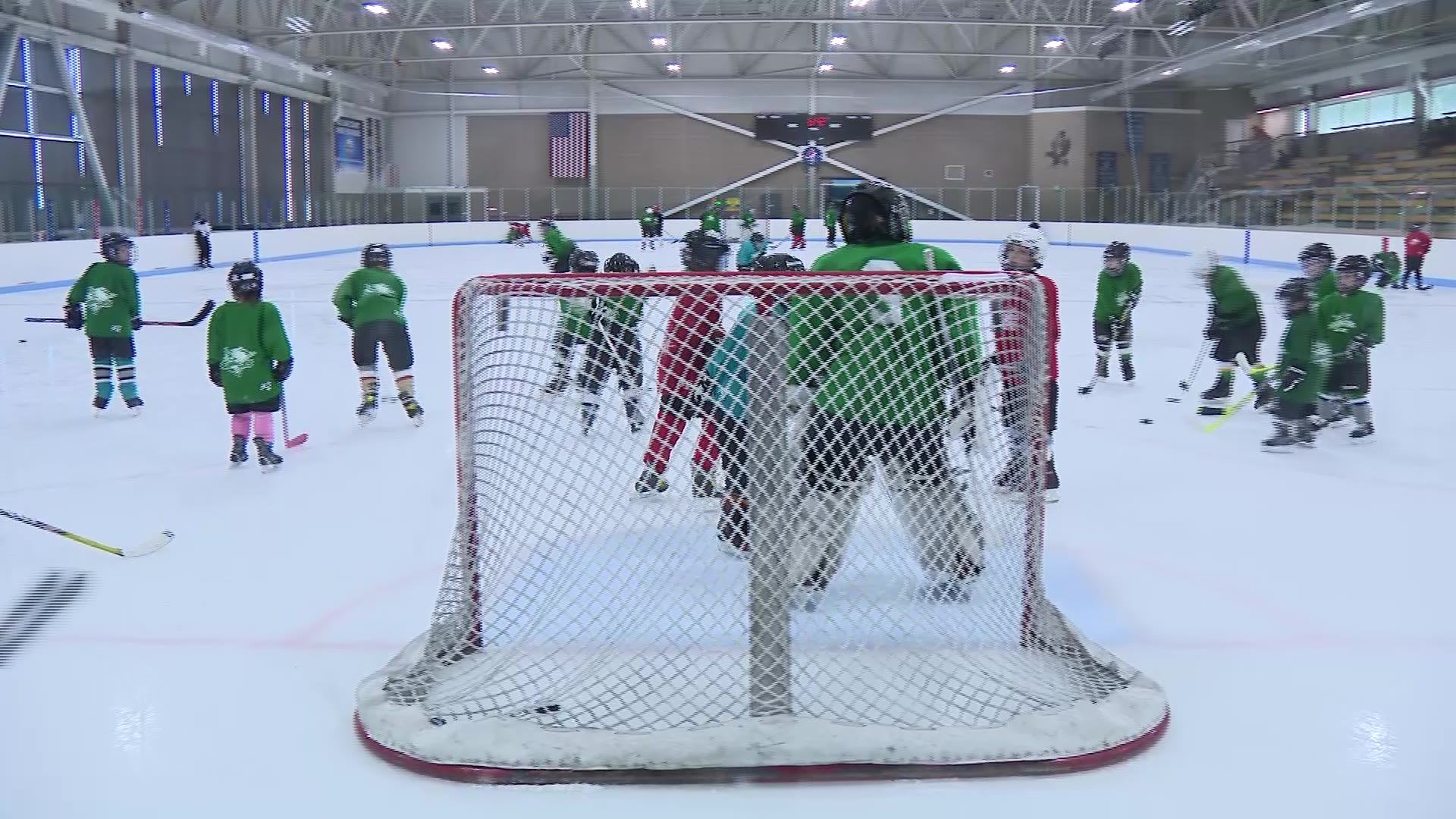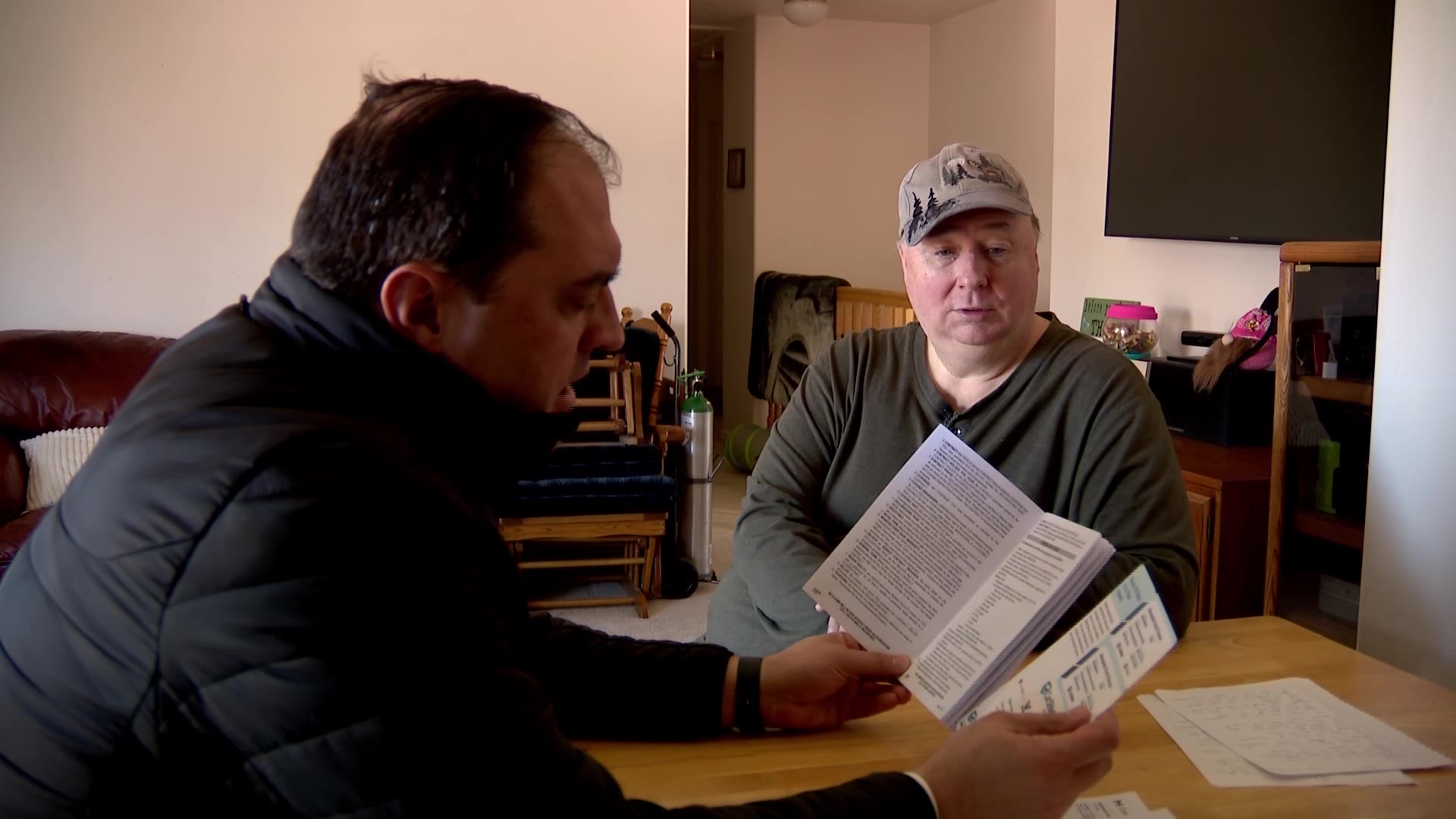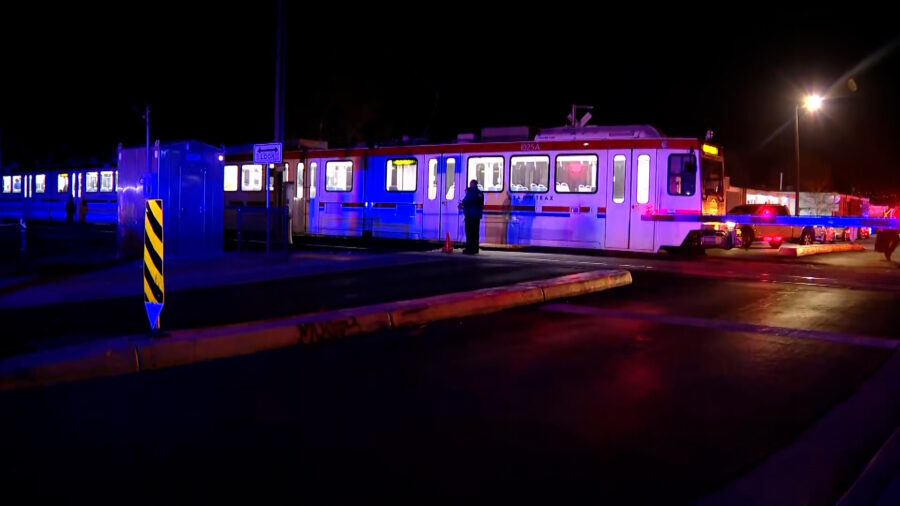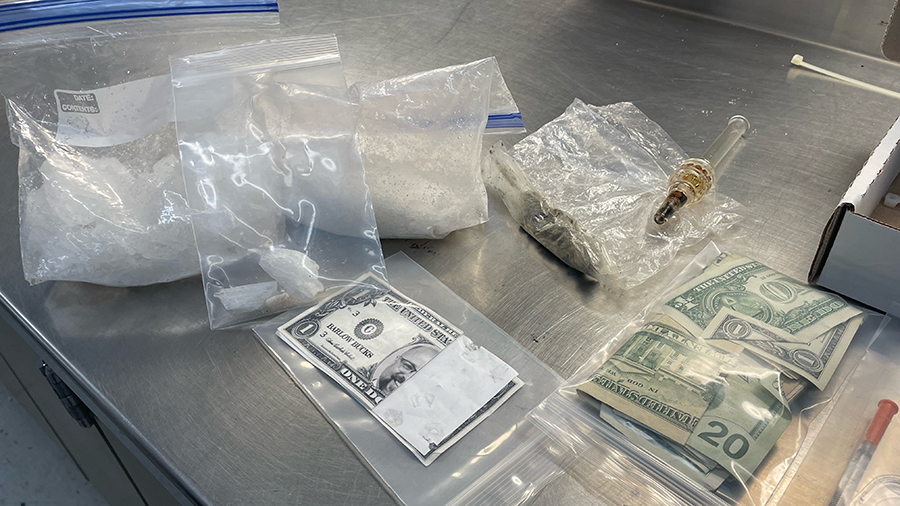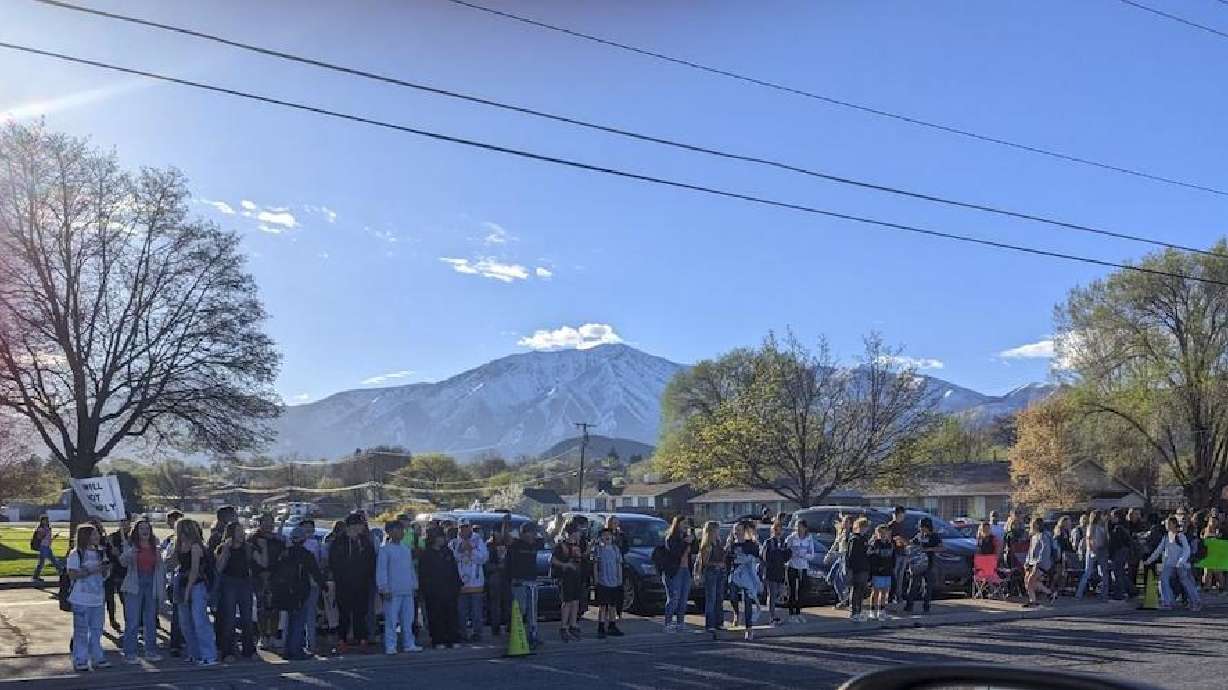Record-setting winter swamps snowblower repair shops
Feb 28, 2023, 9:35 PM | Updated: Mar 1, 2023, 11:28 am
TAYLORSVILLE, Utah —Making a diagnosis in front of a Taylorsville home, John Scott tried to start up a snowblower. After a few tries, the engine struggled to get going, then quickly petered out.
As he began to take it apart, Scott figured out the likely cause for why it wouldn’t start.
“There’s probably a little bit of old gas or something clogging up in the carburetor,” he explained. “So I’m just going to take it off and do a carburetor rebuild.”
He’s done a lot of those, especially in the last week. Scott, a manager at Crowell’s Flying Wrench Mobile Repairs out of Midvale, has been to at least a half dozen appointments each day as he tries to get to the hundreds who have called in.
“Probably over 500 phone calls, of ‘Hey, my machine’s not working,’ or ‘Hey, you guys worked on it earlier this year, I hit something and broke it — can you squeeze me in?'” Scott said. “So, there’s all sorts of issues that come up with having the big snowstorms.”
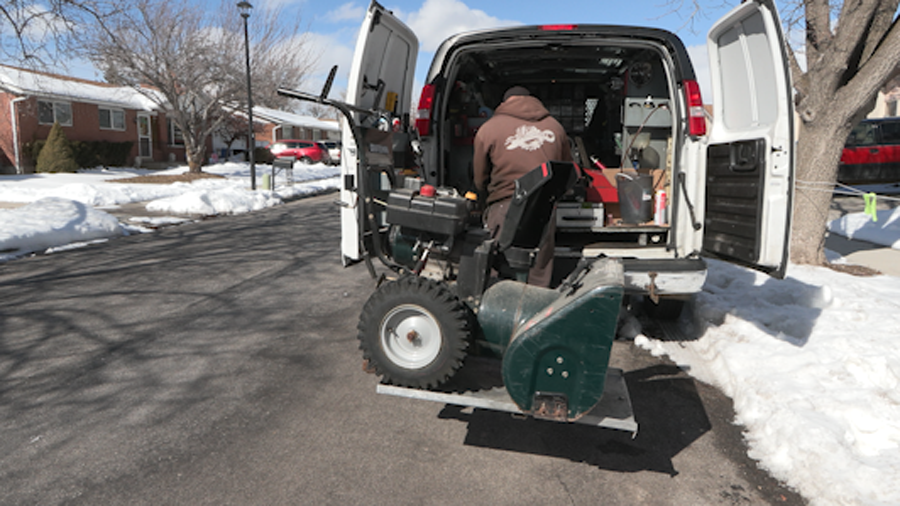
John Scott said his shop has answered more than 500 calls to repair snowblowers this winter. (KSL TV)
The biggest issue Scott has been seeing is the same issue frequently fixed by Steve Yancey of Steve’s Broken Toys in West Jordan.
People are snow-blowing this season using gas that is a year or two old.
“The gasoline goes bad as it sits through the summer. The gasoline is in the carburetor, and it just kind of turns to glue,” Yancey explained.
The mild winters Utah saw the last couple of years meant snowblowers didn’t get a lot of use. Yancey and Scott both said limited use those years caused gas to go bad even with fuel stabilizer. They added that many people keep old gas in gas cans and don’t empty them out each season.
When he gets a new machine to fix, Yancey said he has to clean out the old gas using tiny brushes and wires to reach all the crevices.
The best advice to avoid that?
“Make sure at the end of the season to get the gas out of the machine, get it out of the tank. And then let the machine run until it dies,” Yancey said.
Scott said gas mixed with a fuel stabilizer should last about a year. He suggested taking any leftover gas in the gas can at the end of the season and draining it into a personal vehicle, then filling it up fresh at the start of the next season.
Any gas leftover in the snowblower can be drained and recycled. Scott urged against mixing new gas into old gas.
“The next best thing to do is just switch to ethanol-free gas,” he said. “It’s got a much longer shelf-life without any additives in it.”
Store the snowblower inside year-round, Scott said.
Both talked about starting the season with fresh, new — potentially ethanol-free — gas, plus making sure the tires are both at the same pressure.
They also recommended routine tune-ups and oil changes, which both Crowell’s Flying Wrench and Steve’s Broken Toys both offer.
Scott said snowblower owners should get that maintenance done every 40 to 50 hours of use.
He finished rebuilding the carburetor on the machine in Taylorsville, then reinstalled it.
“Everything’s looking pretty good now,” he said, giving it a once over. Scott walked to the other side and gave the starter handle a good pull.
It fired right up. Scott tested it against a snowbank, and after giving it the thumbs up, headed off to his next appointment.


